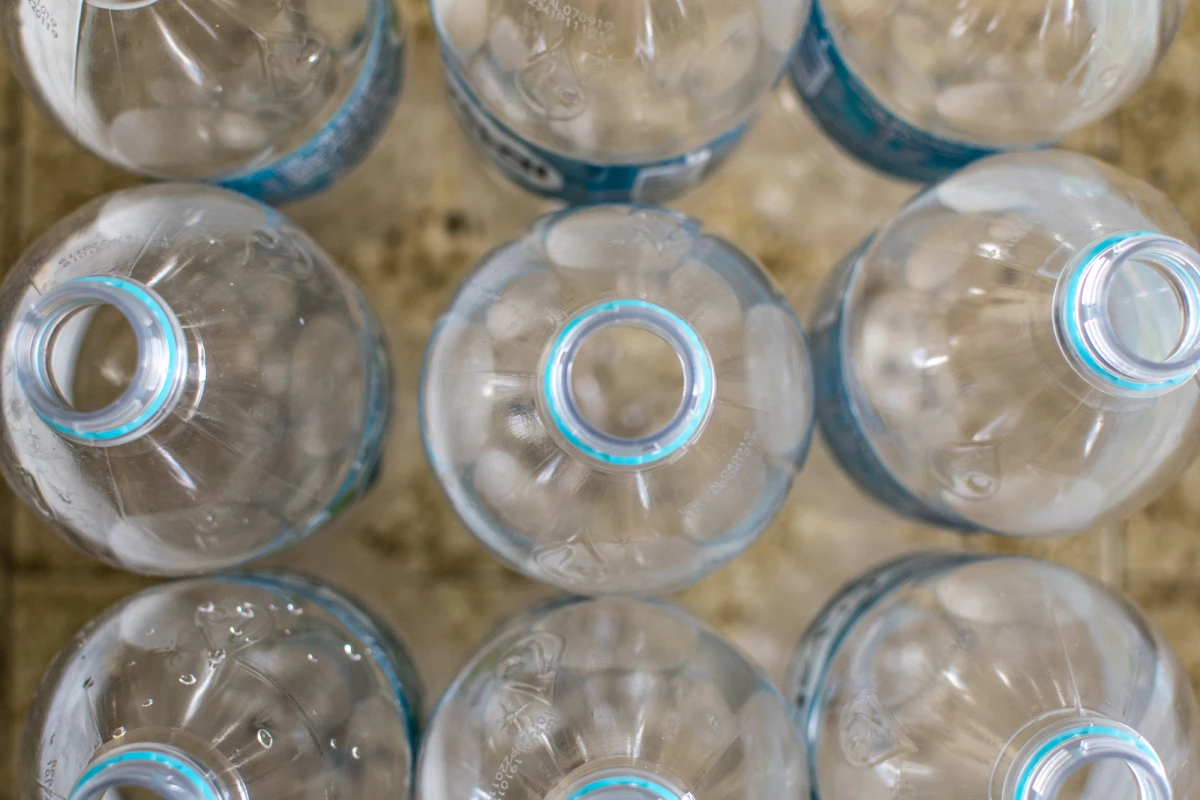Over the past five years or so we've seen some important breakthroughs demonstrating how enzymes can be used to break down common plastics, such as the PET used for everything from drink bottles to shampoo containers. In pursuit of a circular economy for plastic waste, scientists have now discovered a new enzyme that further breaks down one of the key plastic building blocks left behind by this process, leaving simple molecules that can be repurposed for use in new products.
In 2016 scientists in Japan discovered a bacterium with a natural appetite for PET plastics, using enzymes to break it down in a matter of weeks. Researchers at the University of Portsmouth then succeeded in engineering a better-performing version of this enzyme, called PETase, and in 2020 combined it with another called MHETase to form a super enzyme that digests PET plastics at six times the speed.
What's left through the process is the two chemical building blocks of PET, ethlyene glycol (EG) and terephthalate (TPA), and one is more problematic than the other.
"While EG is a chemical with many uses – it’s part of the antifreeze you put into your car, for example – TPA does not have many uses outside of PET, nor is it something that most bacteria can even digest," explains study author Professor Jen DuBois. "However, the Portsmouth team revealed that an enzyme from PET-consuming bacteria recognizes TPA like a hand in a glove. Our group then demonstrated that this enzyme, called TPADO, breaks down TPA and pretty much only TPA, with amazing efficiency.”

The team's previous discoveries have come about by studying these enzymes at the Diamond Light Source Facility in the UK, which blasts them with beams of powerful X-rays. The result is an ultra-high resolution model of the enzyme that reveals the individual atoms inside it, showing how TPADO carries out its TPA-consuming duties. As in their previous work, this incredible detail offers a blueprint for the scientists to engineer even more efficient versions of the enzyme.
“The last few years have seen incredible advances in the engineering of enzymes to break down PET plastic into its building blocks," said study author Professor John McGeehan. "This work goes a stage further and looks at the first enzyme in a cascade that can deconstruct those building blocks into simpler molecules. These can then be utilized by bacteria to generate sustainable chemicals and materials, essential making valuable products out of plastic waste."
The research was published in the journal The Proceedings of the National Academy of Sciences.
Source: University of Portsmouth





